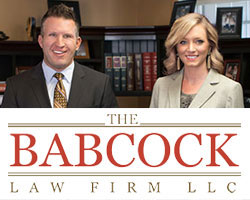If you’re looking to expand your law firm’s online presence, then creating a blog to host your firm’s content is an effective way to do this. But before you run to the internet and throw a blog together using a template, you should be aware that in order for your firm’s blog to show up in Google searches or to have any link building potential, you must ensure that:
- Your content is valuable to readers; and
- You’ve performed the right search engine optimization (SEO).
Once you’ve achieved these two things, there are several other aspects to law firm blogging your firm should be aware of.
Have a plan before writing
As an attorney, you have a wealth of knowledge and information that would serve you well to share with clients (both current and prospective). The most effective way to share this information is through a well-planned blog.
That said, you shouldn’t just write for the sake of having content on your blog. Write with a clear purpose and with your audience in mind.
Recycle old content
Achieving rankings isn’t always about producing new content. Sometimes you can simply “recycle” old content that shows promise by optimizing it to keep the information and content fresh. Some ways to optimize these posts include:
- Linking to related posts
- Reviewing tags and descriptions to make sure your keywords are targeted
- Add images that are optimized or optimize current images
- Add relevant pages or internal links to your current blog
Develop a blog structure
One of the most important aspects of developing a blog is to make sure that the content works for both search engines and readers, otherwise neither will find your firm’s blog and all of your work will be for nothing.
The easiest way to ensure your blog posts are properly structured is to use headlines and lists. Not only will these aspects allow your viewers to read your posts easier, but search engines will also be able to read your content better and it’ll make for better queries.
Utilize headings
Headings allow search engines to easily identify the topic of your firm’s post. Since headings have a top-down hierarchy, your post should only include one main heading (H1 tag), otherwise you’ll risk confusing search engines. You should also avoid using bold or italicized sentences in lieu of actual headings.
Use lists
Bulleted and numbered lists greatly improve the readability of your content. A well-placed list will also work to draw your reader’s eye to a particular area for quick skimming. Lists can also increase the chance that Google will feature your post in a Google answer box.
For more tips on how to plan your legal blog, from content strategy to SEO, continue reading this one.






